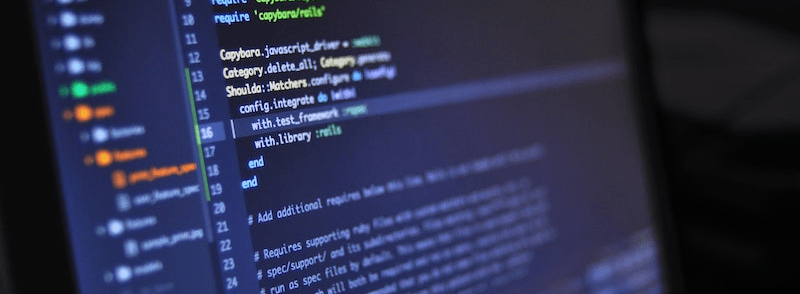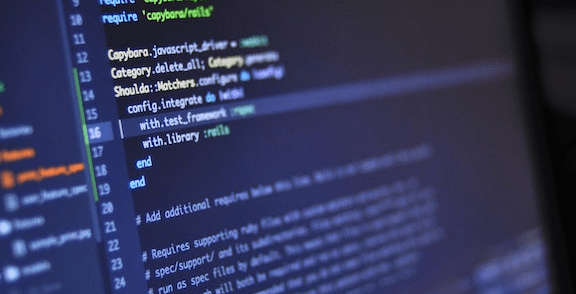

Data = the key to succeed in remote teams
The Covid-19 crisis forced many businesses to suddenly adapt to having an entirely remote workforce. And once we all got past the novel challenges of family interruptions, and virtual etiquette, a more complex problem raised its head: How do you work together when you are, in fact, alone?
For a virtual organization to function, geographically dispersed teams need the ability to communicate effectively. But that’s only half the story. Decision-making has to be delegated and decentralized as well, and that means using data to shake up your culture.
When we talk about data we are not just focusing on personal data and the regulatory layer over this provided by the General Data Protection Regulation (GDPR) and the Data Protection Act 2018 (DPA). There are much wider categories of information at risk, for example, confidential information and trade secrets belonging to customers or to our businesses and intellectual property rights underpinning our organizations.
In terms of communicating remotely via video conferencing and social media, there are lots of providers out there offering solutions. You need to be cautious about the platforms being used by your staff in terms of how secure they are. To what extent are there known vulnerabilities with these platforms? And equally importantly, to what extent do the platforms reserve the right to use or share the data which is exchanged through them?
Again, an “audit” of the platforms that staff are currently using to communicate with one another would be sensible, with a focus on guiding staff to platforms that are designated for business use. It is unrealistic to suppose that your teams will not also communicate socially through other platforms, but guidance should also be issued that work-related matters should not be conducted on any platforms other than those designated.
Perhaps the most straightforward way to explain this is by reference to recent decisions made by the ICO relating to failings in data protection compliance which directly impact homeworking. Here are the mains relevant take-aways from those decisions:
- Access remotely to systems should normally be through multi-factor identification rather than use of a single password;
- Staff should be given access only to the data they need to perform their function and for only so long as that access is needed. Privileged access across the network should be limited (note that this might need to be relaxed a little when some staff may not be able to work and so others might need access to step into their role);
- Organizations must keep up to date with widely known vulnerabilities in software and systems (in other words, keep up to date with what is happening more broadly around data security at these heightened times of risk);
- Data security is also concerned with storing paper records securely;
- A common underlying cause of regulatory failings is a lack of guidance and training to staff.
Data literacy is a hard-won skill. It does not come easily, even to a generation fluent with apps, emojis, and hashtags. To get there, organizations need to invest in dedicated training and education.
Data will never be a substitute for genuine social interactions or company culture, but as we build more global, distributed, and virtual organizations, what it offers is something just as important: a common language for transformation.



